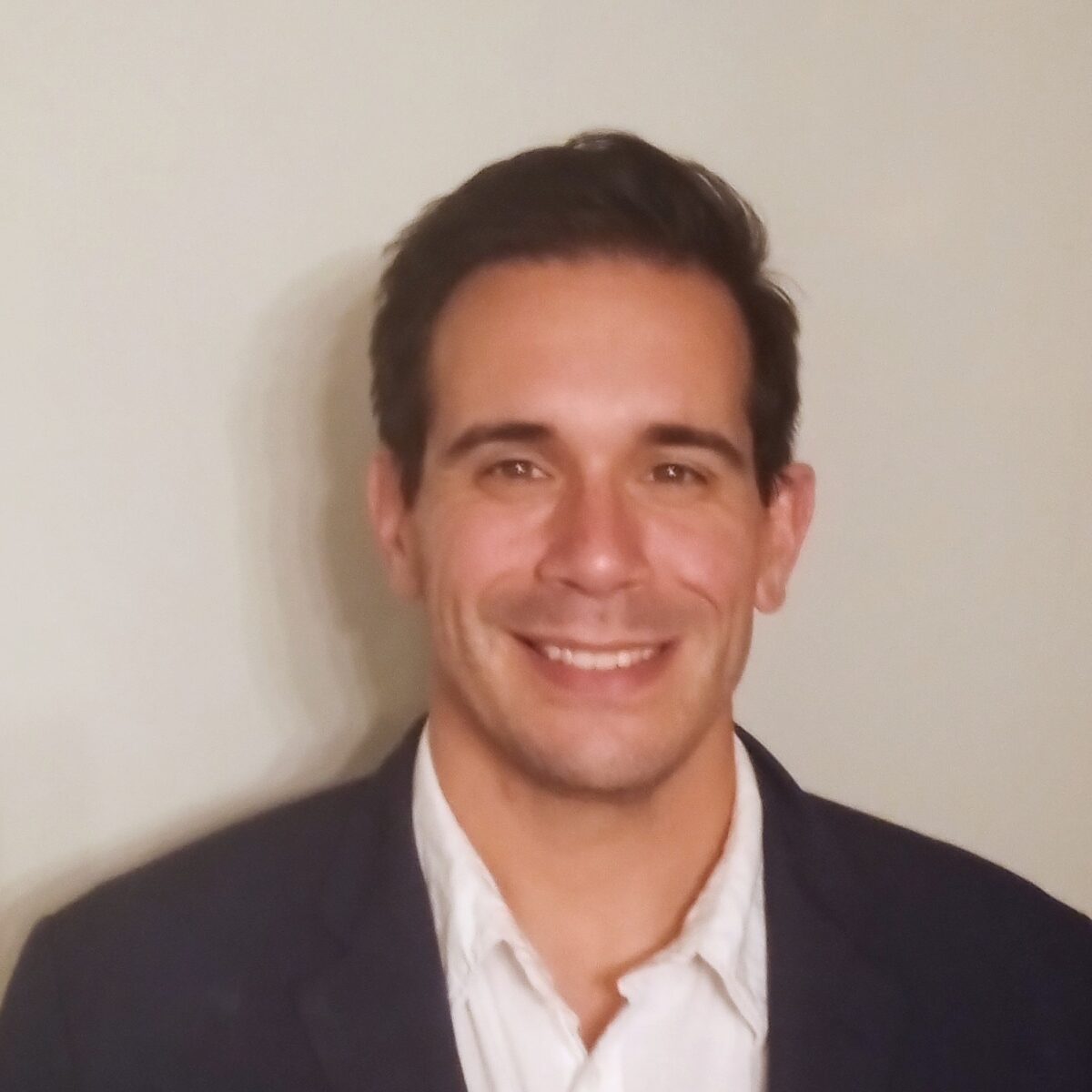In 1949, the Supreme Court in Terminello v. City of Chicago declared unconstitutional a city ordinance outlawing speech that “stirs the public to anger, invites dispute, brings about a condition of unrest, or creates a disturbance.” In dissent, Justice Robert Jackson predicted that if the Court did not “temper its doctrinaire logic with a little practical wisdom,” it would “convert the constitutional Bill of Rights into a suicide pact.” In Jackson’s view, the “doctrinaire” belief that freedom of speech means freedom of all speech must yield to the “practical wisdom” of limiting speech the government finds threatening.
Although Jackson did not get his way in Terminiello, courts have since used this logic to limit constitutional rights in some situations, all in the name of promoting safety and order. Yet these same courts, led by conservative judges and justices, have been extremely reluctant to uphold similar restrictions when it comes to the Second Amendment. You might think that a society interested in minimizing violence would be interested in, for example, preventing men with documented violent histories from possessing firearms. But this is America, and this is the Roberts Court. Temper your expectations.
On November 7, the Supreme Court will hear argument in United States v. Rahimi, the latest fight over whose fundamental rights the government can restrict, and whose rights are more or less absolute. In Rahimi, the Court will review a 30-year-old federal law barring people under domestic violence restraining orders from possessing firearms. Zackey Rahimi—who threatened to shoot his girlfriend after she fled his physical abuse, and who later threatened another woman with a gun and fired shots during public disputes at least five times—argues that the Second Amendment’s simple language contains no exceptions that allow the government to ban guns for demonstrably dangerous individuals.
Rahimi’s argument goes like this: The right to bear arms is held by “the people,” meaning all members of the political community. Any infringement of that right on public safety grounds divides “the people” into two sub-classes: law-abiding citizens who may possess guns, and, here, domestic abusers who may not. In briefing for the Court, Rahimi explicitly characterizes the law as an “attempt[] to disarm domestic abusers as a class,” and concludes that since the Second Amendment does not contain a public safety exemption allowing the government to restrict gun rights for certain subsets of “the people,” the law must be unconstitutional.
Rahimi’s argument builds on the Court’s recent opinion in New York State Rifle & Pistol Association v. Bruen, which invalidated a state law requiring people to demonstrate a special need for self-defense to obtain unrestricted concealed-carry licenses. Rahimi cites Bruen’s language that prohibits courts from balancing the government’s interest in preventing gun violence against the rights granted by the Second Amendment. Under this framework, courts can treat people whose gun rights are restricted in any way as an oppressed class. While it is nice to see the Fifth Circuit recognize that certain disfavored groups may at times have their rights violated by the government, it is somewhat unfortunate that the class the court is concerned about is “violent domestic abusers” rather than, say, poor people.
Although Rahimi is correct that the Second Amendment’s text does not contain explicit exceptions, courts have long permitted extratextual restrictions of other rights in the interest of safety—a status quo the Roberts Court has shown no interest in upsetting. So why the discrepancy about gun rights? Beneath the usual high-minded appeals to originalism is a simpler explanation: Right-wing judges care a great deal about protecting the rights of people who look like them and vote like them, and far less about protecting the rights of people they can’t identify with.
Take the First Amendment, for example, which grants “the people” the right to peaceably assemble to protest their government. Like the Second Amendment, the text contains no exceptions, but courts have long permitted the government to restrict the time, place, and manner of such gatherings. This principle is at play in, among many other laws, 18 U.S.C. § 1507, a federal law designed to shield judges and their families from critical speech about a judge’s work. (You may be familiar with this law as it relates to recent protests of the Court’s decision to overturn Roe v. Wade.) Whether you agree that these are legitimate goals is beside the point; the text of the First Amendment does not authorize the restrictions, yet courts have nevertheless allowed them because of the perceived dangers of unfettered First Amendment rights.
The same principle applies to the Fourth Amendment, which guarantees the right to be free of unreasonable searches and seizures. In theory, this requires police to get a warrant before they can start poking around your house. Courts, however, allow officers to enter homes without a warrant if they believe “exigent circumstances,” such as a need to prevent injury or destruction of evidence, exist. This loophole can be, and often is, abused by police; it’s not especially hard for officers to concoct justifications for warrantless searches. At the same time, there is some logic to this restriction: If, for example, a kidnapper is inside a house threatening to kill hostages, that might not be the smartest time to go do some paperwork.
There is no textual or practical argument for not similarly restricting Second Amendment rights. If anything, the statute in Rahimi is more protective of constitutional rights than the restrictions on First and Fourth Amendment rights: Before the government can take a person’s guns away, it must provide notice and, at a formal hearing, show that the person poses a credible threat to the safety of a partner or child. By contrast, no hearing is required to determine the risk profile of each protester in front of Brett Kavanaugh’s house before the government can clear the sidewalk. Judicial review of police officers’ invocation of exigent circumstances occurs after the fact, and almost always ratifies their decision to conduct a warrantless search.
However, the people whose First and Fourth Amendment rights judges are willing to limit generally do not have the kind of concerns that judges—especially those on the right—care to protect. And the people whose safety, convenience, and power are reinforced by those restrictions are also lionized on the political right: police officers protecting innocent people from criminals, and hardworking politicians and business owners who do not like feeling uncomfortable. With the Second Amendment, the calculus is reversed. Contemporary conservative culture deifies gun owners, but the people protected by gun safety laws—abused women and children—do not tend to have significant influence in politics, let alone with conservative jurists specifically.
It would be nice, in a country where gun violence is more prevalent than in any other similarly-situated nation, to be able to keep firearms from people who have shown a willingness and propensity to use violence. If judges are going to carve out exceptions to constitutional rights, as they’ve done for ages, the least they could do is sometimes protect the powerless in addition to the powerful. Unfortunately, the targets of such restrictions are dear to the conservative judiciary, while the victims the restrictions seek to protect are not.

